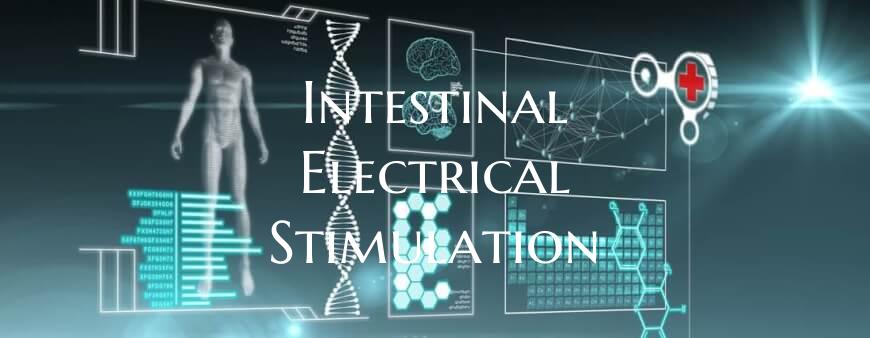Intestinal Electrical Stimulation
Intestinal Electrical Stimulation: A Promising Approach for Gastrointestinal Disorders
Intestinal electrical stimulation is a novel therapeutic approach that has shown promising results in the treatment of various gastrointestinal disorders. This cutting-edge technique involves the application of electrical currents to the intestinal wall to modulate its activity and improve overall gut function.
Gastrointestinal disorders, such as irritable bowel syndrome (IBS), gastroparesis, and inflammatory bowel disease (IBD), can significantly impact a person's quality of life. Traditional treatments for these conditions often come with limited efficacy and unwanted side effects. Intestinal electrical stimulation offers a non-invasive and targeted alternative that can help alleviate symptoms and improve gastrointestinal motility.
The mechanism of action of intestinal electrical stimulation involves the modulation of the enteric nervous system, which plays a crucial role in the regulation of gut function. By influencing neural activity in the intestinal wall, electrical stimulation can enhance peristalsis, reduce visceral hypersensitivity, and promote overall gastrointestinal health.
Clinical studies have demonstrated the effectiveness of intestinal electrical stimulation in managing symptoms associated with various gastrointestinal disorders. Patients undergoing this therapy have reported improvements in abdominal pain, bloating, constipation, and diarrhea. Furthermore, long-term outcomes suggest that intestinal electrical stimulation can lead to sustained benefits and improved quality of life.
Overall, intestinal electrical stimulation represents a promising approach for individuals suffering from gastrointestinal disorders. With further research and technological advancements, this innovative therapy has the potential to revolutionize the treatment of gut-related conditions and provide patients with a safe and effective management option.

